views
Nestled in the heart of Uttarakhand's Garhwal Himalayas, the Har Ki Dun trek offers a mesmerizing journey through pristine landscapes, ancient cultures, and breathtaking vistas. This comprehensive guide will equip you with everything you need to know to embark on this unforgettable adventure.
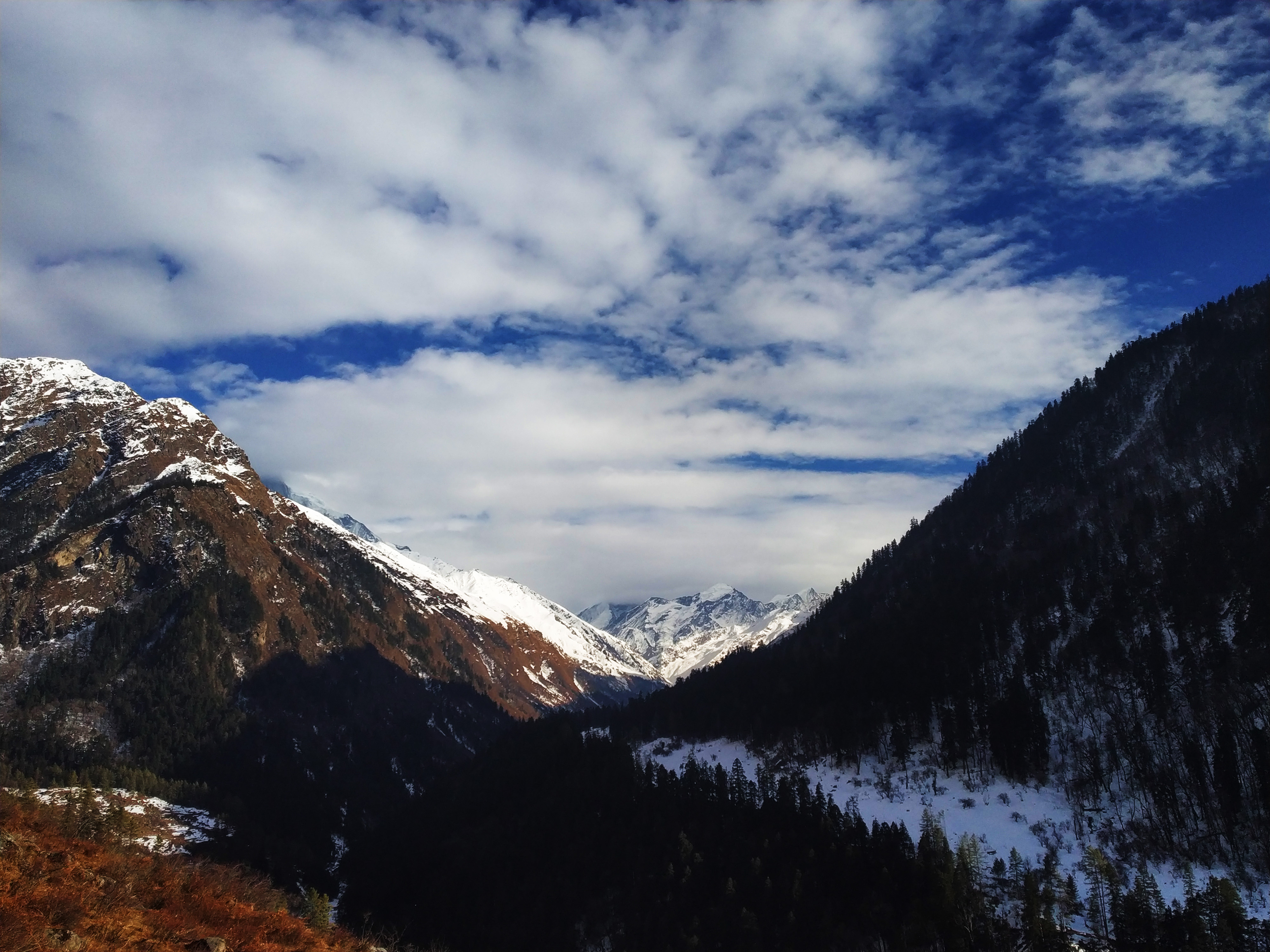
The Allure of Har Ki Dun
Har Ki Dun, which translates to "Valley of Gods," is a cradle-shaped hanging valley that has captivated trekkers and nature enthusiasts for decades. Its unique geographical features, rich biodiversity, and cultural significance make it a standout destination in the Indian Himalayas.
Geological Marvel
The valley's distinctive U-shape is a result of glacial activity, creating a landscape that's both dramatic and picturesque. Surrounded by towering peaks like Swargarohini, Black Peak, and Bandarpoonch, Har Ki Dun offers a geological feast for the eyes.
Biodiversity Hotspot
The trek passes through the Govind Wildlife Sanctuary, home to a diverse array of flora and fauna. Trekkers might spot Himalayan black bears, barking deer, and even the elusive snow leopard. The valley is also known for its vibrant alpine meadows, featuring rare Himalayan flowers like the blue Himalayan poppy.
Cultural Significance
The villages along the trek route, such as Osla and Gangad, are believed to be some of the last vestiges of the Kauravas (from the epic Mahabharata). These settlements offer a unique glimpse into a culture largely untouched by modern influences.
Har Ki Dun Trek Distance and Route Map
The Har Ki Dun trek distance spans approximately 48 kilometers round trip, typically covered over 6-7 days. Let's break down the route in detail:
-
Dehradun to Sankri (195 km by road): Your journey begins with a scenic drive from Dehradun, passing through Mussoorie and following the Yamuna and Tons rivers.
-
Sankri to Taluka (12 km by road): A bumpy jeep ride takes you to Taluka, where the trekking begins.
-
Taluka to Seema (14 km trek):
-
Elevation gain: 2,100 m to 2,560 m
-
Time: 5-6 hours
-
Terrain: Mixed forest trails, river crossings
-
-
Seema to Kalkattiyadhar (5 km trek):
-
Elevation gain: 2,560 m to 3,020 m
-
Time: 4-5 hours
-
Terrain: Steep ascents, meadows, stream crossings
-
-
Kalkattiyadhar to Har Ki Dun (6 km trek):
-
Elevation gain: 3,020 m to 3,566 m
-
Time: 4-5 hours
-
Terrain: Gradual ascent, rocky patches, snow (in winter)
-
-
Return Journey: The return follows the same route in reverse.
Har Ki Dun Trek Route Map
While a detailed trek map is beyond the scope of this text, trekkers should obtain a reliable Har Ki Dun trek route map from reputable trekking organizations or the Uttarakhand Tourism Board. These maps typically highlight key landmarks, campsites, water sources, and potential challenging sections.
Har Ki Dun Trek Difficulty Level: A Closer Look
The Har Ki Dun trek difficulty level is generally categorized as moderate, making it an excellent choice for fit beginners and intermediate trekkers. However, it's important to understand the various factors that contribute to this classification:
-
Altitude: The trek reaches a maximum altitude of 3,566 meters (11,700 feet). While this is not extreme, it's high enough to potentially cause altitude sickness symptoms in some trekkers.
-
Daily Distance: Trekkers cover 5-14 km per day, which can be challenging when combined with altitude and terrain.
-
Terrain Variety: The trail includes forest paths, rocky sections, stream crossings, and steep ascents. This variety adds to both the beauty and the challenge of the trek.
-
Weather Conditions: Depending on the season, trekkers may face snow, rain, or intense sun, each presenting unique challenges.
-
Physical Fitness: A good level of cardiovascular fitness and leg strength is required to comfortably complete the daily trekking distances.
-
Mental Preparedness: Like all multi-day treks, Har Ki Dun requires mental resilience to push through challenging days.
Best Time to Trek Har Ki Dun: Seasonal Insights
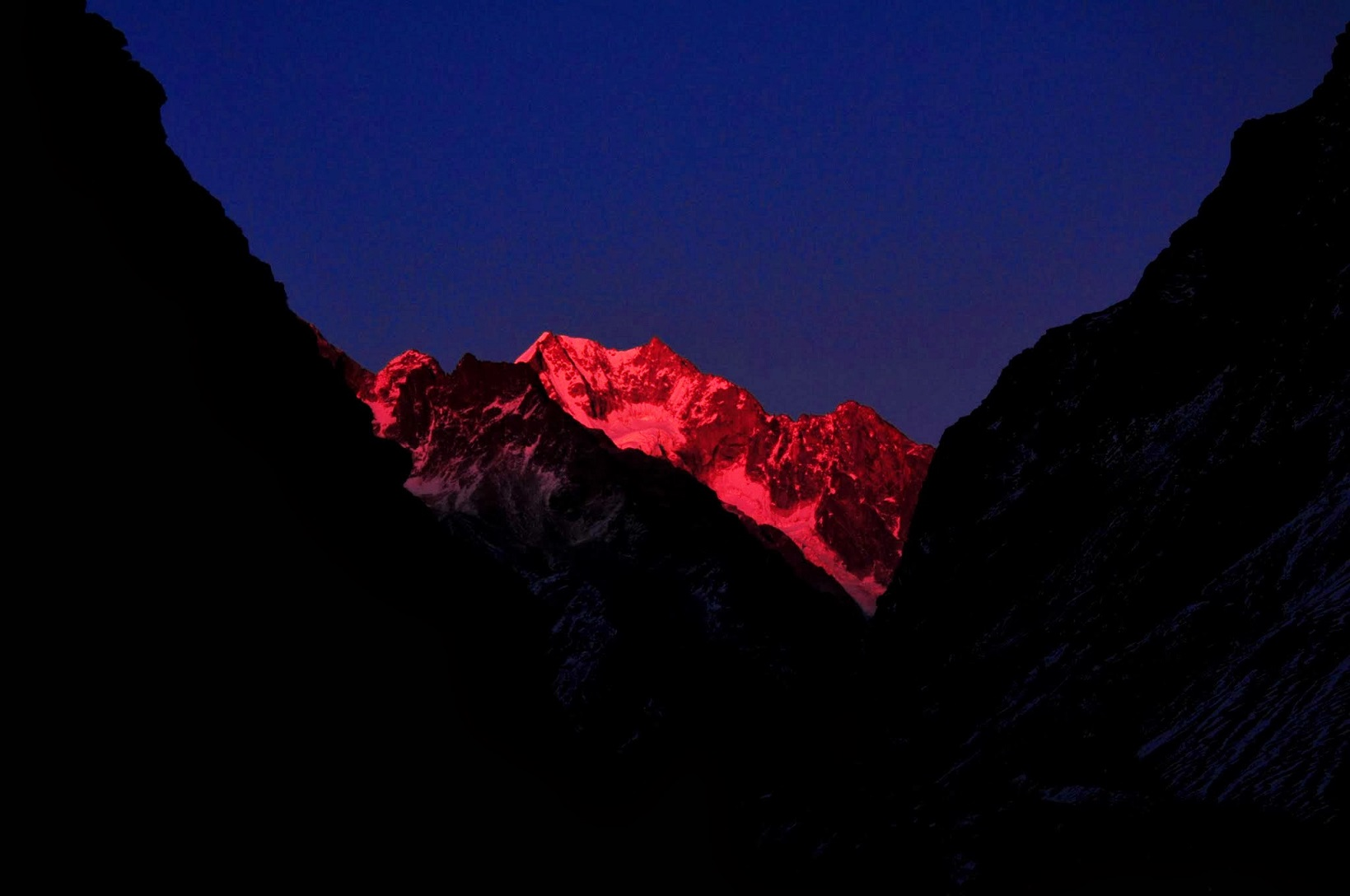
The best time for Har Ki Dun trek varies depending on what you want to experience. Let's explore each season in detail:
Spring (March to May)
-
Pros: Mild temperatures, blooming rhododendrons and other wildflowers, clear skies
-
Cons: Possibility of lingering snow at higher altitudes
-
Temperature Range: 10°C to 20°C during the day, 0°C to 7°C at night
-
Ideal For: Nature photographers, bird watchers
Summer (June to August)
-
Pros: Lush green landscapes, flowing streams, pleasant daytime temperatures
-
Cons: Risk of monsoon rains, muddy trails, occasional landslides
-
Temperature Range: 15°C to 25°C during the day, 7°C to 15°C at night
-
Ideal For: Those who enjoy verdant scenery and don't mind occasional rain
Autumn (September to November)
-
Pros: Clear skies, excellent mountain views, comfortable temperatures
-
Cons: Nights can be cold, possibility of early snowfall in November
-
Temperature Range: 10°C to 20°C during the day, -2°C to 7°C at night
-
Ideal For: Photography enthusiasts, those seeking clear mountain views
Winter (December to February)
-
Pros: Snow-covered landscapes, unique winter beauty, fewer trekkers
-
Cons: Extremely cold temperatures, challenging terrain due to snow, limited daylight
-
Temperature Range: -5°C to 10°C during the day, -15°C to 0°C at night
-
Ideal For: Experienced trekkers, adventure seekers, snow lovers
Har Ki Dun Trek in Winter: A Challenging Adventure
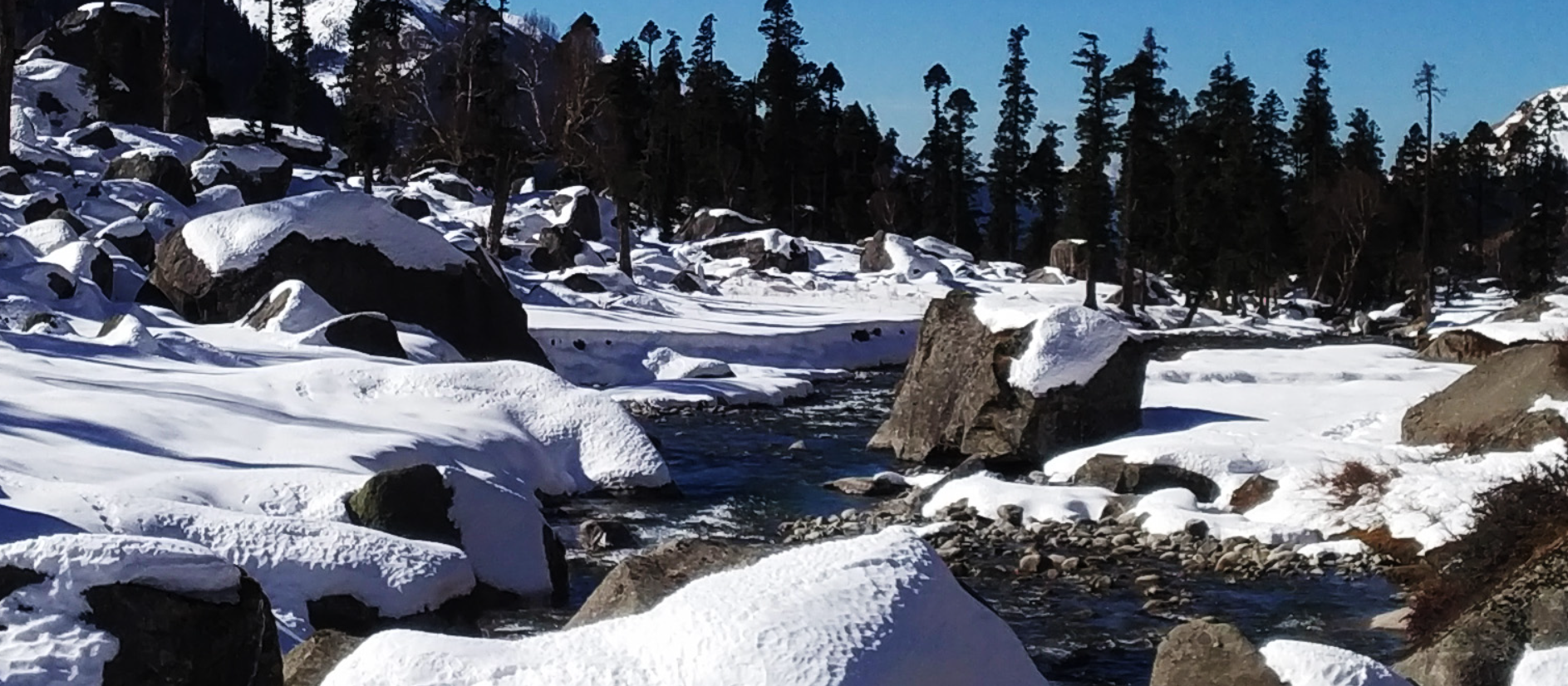
A Har Ki Dun trek in winter transforms the valley into a snow-covered wonderland, but it also presents unique challenges:
-
Snow-Covered Trails: The entire trek route can be blanketed in snow, requiring proper equipment like microspikes or crampons.
-
Extreme Cold: Temperatures can plummet well below freezing, especially at night. High-quality, insulated gear is essential.
-
Shorter Days: Limited daylight hours mean less trekking time each day.
-
Avalanche Risk: While generally low, there's an increased risk of avalanches in winter. Always trek with experienced guides.
-
Limited Facilities: Some tea houses and facilities along the route may be closed in winter.
-
Stunning Scenery: The snow-draped landscapes and crystal-clear winter skies offer unparalleled beauty and photographic opportunities.
Har Ki Dun Trek Package and Cost Breakdown
Har Ki Dun trek packages typically range from ₹8,000 to ₹15,000 per person for a 6-8 day trek. Here's a breakdown of what's usually included:
-
Transportation: Dehradun to Har Ki Dun trek starting point and back (often in shared vehicles)
-
Accommodation: Camping equipment, guesthouses in villages
-
Meals: All meals during the trek (usually vegetarian)
-
Guide and Support Staff: Experienced trek leader, local guides, cooks
-
Permits: Forest and camping permits
-
Basic Medical Kit: For common altitude-related issues and minor injuries
Additional costs to consider:
-
Personal gear and clothing
-
Optional porter or mule services for personal bags (₹300-500 per day)
-
Travel insurance
-
Personal expenses and tips
For budget-conscious trekkers, solo Har Ki Dun trek options can reduce costs, but require significantly more planning and experience.
Har Ki Dun Trek Preparation: Essential Tips
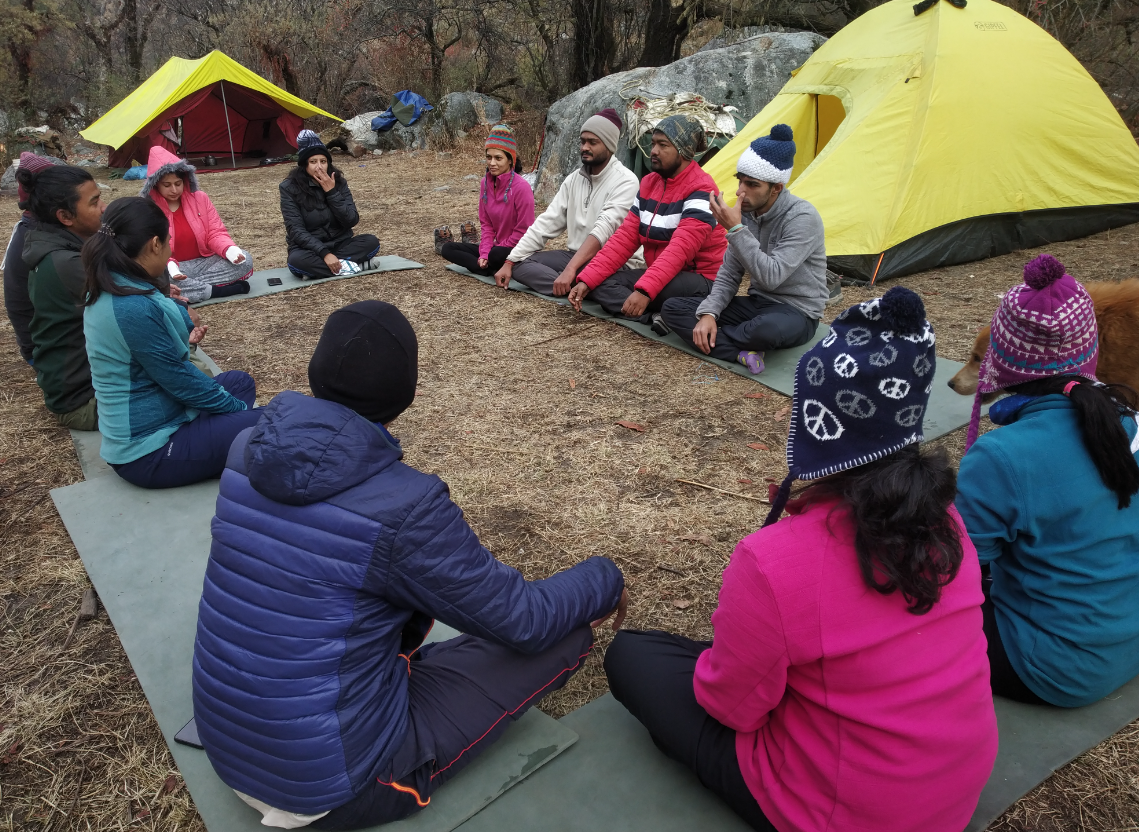
-
Physical Fitness: Begin a fitness regimen at least 2-3 months before the trek. Focus on cardiovascular endurance and leg strength.
-
Acclimatization: Spend a day in Sankri (2,000 m) before starting the trek to help acclimatize.
-
Packing Essentials:
-
Quality trekking shoes (broken in before the trek)
-
Layered clothing (base layers, insulating layers, waterproof outer layer)
-
Sun protection (sunglasses, hat, sunscreen)
-
Trekking poles
-
Headlamp with extra batteries
-
Personal medical kit
-
-
Stay Hydrated: Carry a reusable water bottle and water purification tablets.
-
Respect Local Culture: Dress modestly in villages, ask permission before photographing locals, and learn a few basic Hindi or Garhwali phrases.
-
Leave No Trace: Practice responsible trekking by carrying out all waste and minimizing environmental impact.
Conclusion: The Har Ki Dun Experience
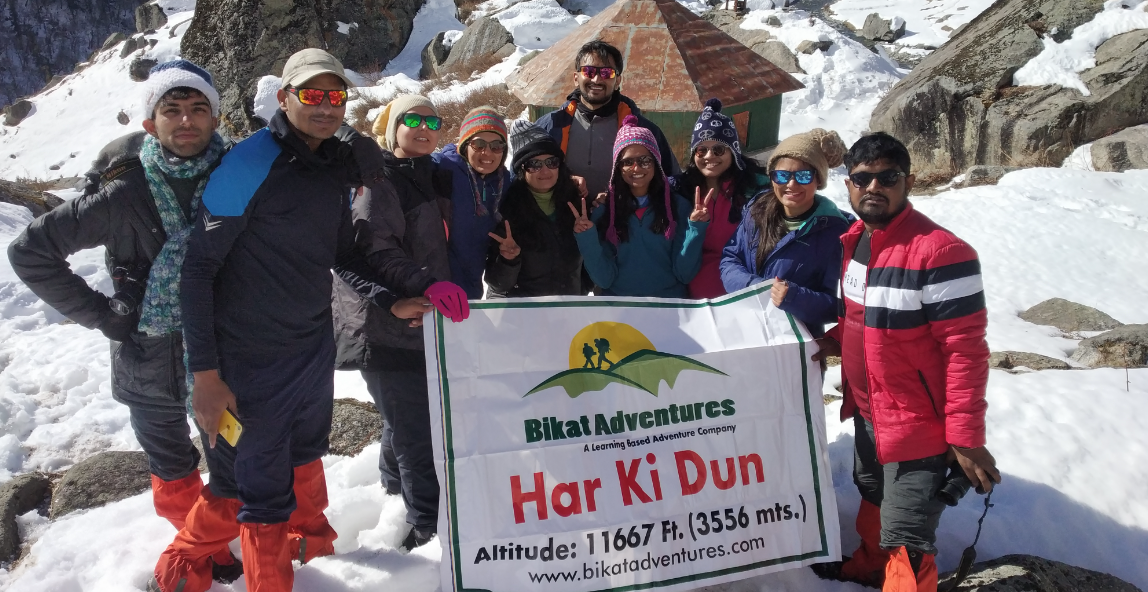
The Har Ki Dun trek offers more than just a physical challenge; it's a journey through time, culture, and some of the most stunning landscapes in the Indian Himalayas. Whether you're drawn by the promise of snow-capped peaks, the allure of ancient villages, or the challenge of high-altitude trekking, Har Ki Dun delivers an experience that will stay with you long after you've returned to the plains.
As you plan your trek, remember that preparation is key. Respect the mountains, embrace the local culture, and approach the journey with an open heart and mind. The Valley of Gods awaits, ready to reveal its wonders to those who venture into its embrace.






















Comments
0 comment